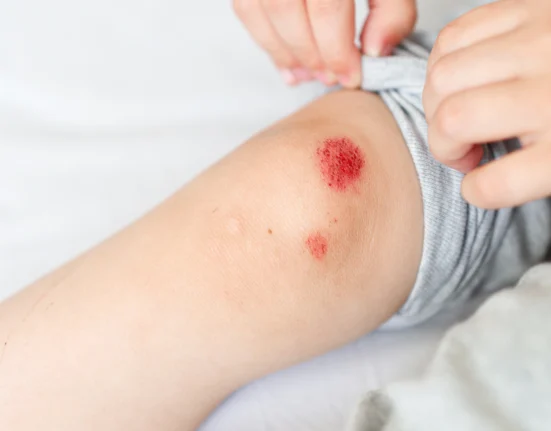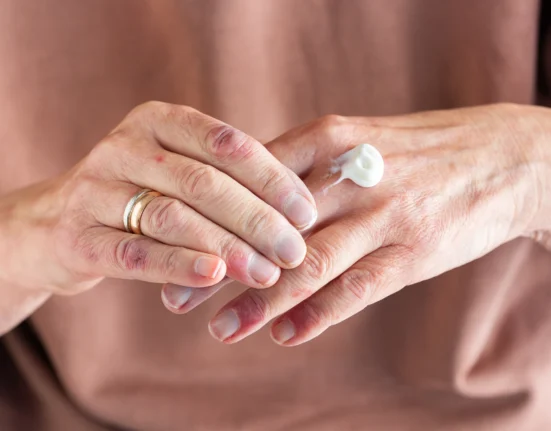Burn Scars Deserve Proper Care
Everyday Incidents, Long-Term Marks
Burn scars can happen in a flash, a splash of hot oil, a bump against the oven, or a small accident at work. While the wound heals, the scar often stays, showing up as a tight, raised reminder of the incident.
What Makes Burn Scars So Stubborn?

Unlike surface-level cuts, burns often damage deeper layers of the skin. This can lead to hypertrophic scars, thick or uneven scars that take longer to heal and can limit movement and feel uncomfortable (Chiang et al., 2016).
Why Choose wund+™ Scar Gel?
Gentle Yet Effective for Sensitive Skin
Designed by GWS Wellness, wund+™ Scar Gel brings science and care together in one smart formula. It’s suitable for sensitive skin and ideal for everyday use, especially on scars that need a little extra support.
What’s Inside the Formula:
- Medical-Grade Silicone
Locks in moisture to soften and flatten scars over time (Mustoe, 2008).
- Centella Reversa
A next-gen plant stem cell extract that supports collagen production and accelerate skin renewal.
- Microencapsulated Pigments
These clever pigments subtly adjust to match skin tone, helping to blur the appearance of scars naturally.
How to Use wund+™ Scar Gel
A Simple Routine That Works
- Clean the scar area with warm water and gentle soap.
- Apply wund+™ Scar Gel twice a day, morning and night.
- Keep the area protected from direct sunlight to avoid pigmentation.
- Stay consistent, visible results typically appear within 12 weeks (Mustoe et al., 2008)
Smoother Skin, Stronger Confidence
Real Healing Takes Time (and the Right Tools)
wund+™ Scar Gel isn’t just about covering scars, it’s about supporting skin through its natural healing journey. With consistent care and the right ingredients, skin can look and feel better, no matter the story behind the scar.
A.P.
References
Chiang, A., et al. (2016). Current Concepts Related to Hypertrophic Scarring in Burn Injuries. Wound Repair and Regeneration, 24(3), 466–477.
Mustoe, T. A., et al. (2008). Evolution of Silicone Therapy and Mechanism of Action in Scar Management. Aesthetic Plastic Surgery, 32, 82–92.
Witkowska, K., et al. (2024). Topical Application of Centella Asiatica in Wound Healing: Recent Insights into Mechanisms and Clinical Efficacy. Pharmaceutics, 16(1), 1252.
















Leave feedback about this